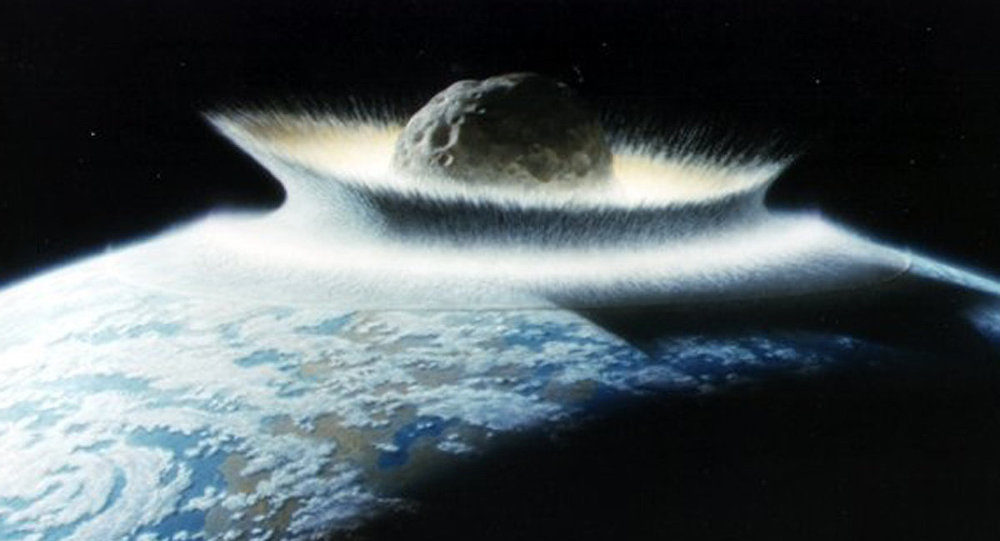Dr. Alan Fitzsimmons, an expert with QUB's Astrophysics Research Center, compared the inevitable destruction to the Tunguska event of 1908, when a meteoroid exploded in orbit above a Siberian forest, raining impactors down on the woods below. The impact, estimated to have been the equivalent of 3 to 5 megatons of TNT (333 to 500 times as much power as the atomic bomb dropped on Hiroshima), flattened 770 square miles of forest. No human casualties were reported, but had the event happened in a densely populated area, the casualties would have likely been in the millions.
Since then, Earth has had its fair share of near misses. In January, an asteroid as big as or larger than the Tunguska impactor came within 110,000 miles of Earth - less than half the distance between the Earth and the moon, a stone's throw by astronomical standards. In August 2027, an asteroid half a mile long is expected to buzz the Earth, and has a tiny chance of striking the planet.
Even a small asteroid can wreak havoc. Just ask the people of Chelyabinsk, Russia, who in 2013 saw a meter explode 30 miles above the oblast. Fifteen hundred people were injured in the ensuing chaos, and the fragments caused approximately $33 million in damages.
June 30, the anniversary of the Tunguska event, has become International Asteroid Day to increase public awareness of the threats impactors pose to humanity. Panels and presentations from various scientific authorities and celebrities will participate in the ceremonies, to be held in Luxembourg at the end of the month.
"It is important to know that scientists and engineers have made great strides in detecting near-Earth asteroids and understanding the threat posed by them," Fitzsimmons said. "Over 1,800 potentially hazardous objects have been discovered so far, but there are many more waiting to be found."Recent telescope innovations, such as NASA's Wide-field Infrared Survey Explorer (WISE) which launched in 2009, have greatly contributed to humanity's understanding of what lies in our solar system. This includes meteors, comets, and other impacts that could conceivably threaten the Earth.
"Astronomers find near-Earth asteroids every day and most are harmless. But it is still possible the next Tunguska would take us by surprise, and although we are much better at finding larger asteroids, that does us no good if we are not prepared to do something about them," said Fitzsimmons, who contributes to the European Research Council's NEOshield-2 project. The project is meant to both observe potentially hazardous asteroids and to find cost-effective ways to prevent a collision.At present, roughly 2,000 asteroids are being tracked by human astronomical authorities.




Reader Comments
'Counterfeit exists only because there is such a thing as real gold.'
Jalalud-Din Rumi
I think there is a real problem when you print too much funny money.
And you inflate a lot of balloons.
And you drink and drug too much (and you kill people and things).
And everyone who prints funny money and inflates balloons and drinks and drugs too much, celebrates madly and call themselves, 'experts who know'.
I think it is a joke.
And the joke is ultimately on these 'experts who know'.
Because they don't know.
ned,
out
Fear mongers
With every dire warning released from these guess workers
Their remuneration is guaranteed for another cycle.
BS